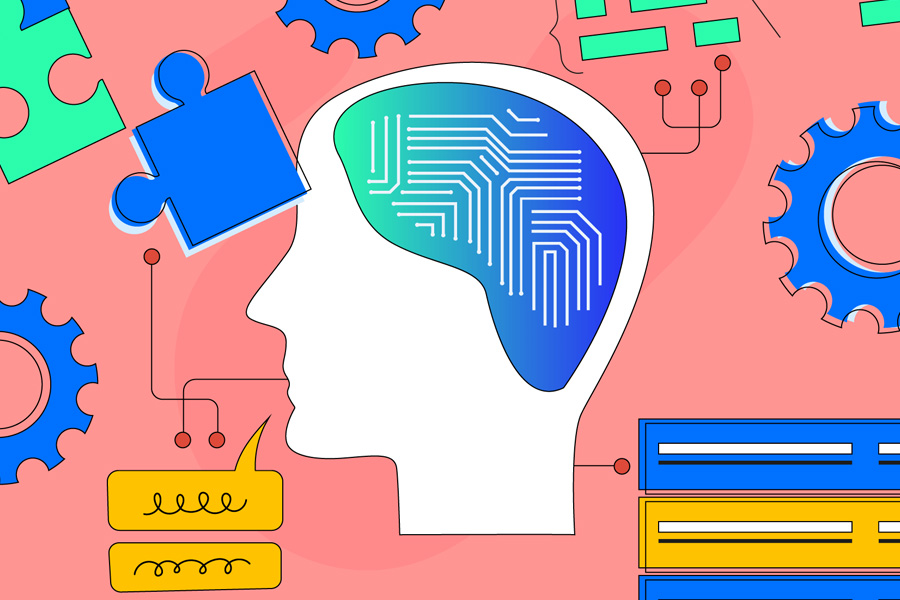Introduction
Text classification is a fundamental task in Natural Language Processing (NLP) that involves categorising text into predefined labels or categories. With the rise of digital content, the need for effective text classification has become paramount in applications such as sentiment analysis, spam detection, topic categorisation, and more. This article briefly explores various NLP techniques used for text classification, providing insights into their implementation and effectiveness. For learning these upcoming techniques at a professional level, enrol for a Data Science Course in Bangalore and such cities where premier learning institutes offer specialised data science courses.
Understanding Text Classification
Text classification is the process of assigning a label or category to a given text based on its content. The goal is to automate the categorisation process using machine learning models trained on labelled data. The process involves several key steps:
- Data Collection: Gathering a dataset of text samples with corresponding labels.
- Text Preprocessing: Cleaning and transforming text data into a suitable format for model training.
- Feature Extraction: Converting text into numerical features that represent its content.
- Model Training: Training a machine learning model on the extracted features and labels.
- Model Evaluation: Assessing the model’s performance using evaluation metrics.
Text classification by using NLP techniques is included in the course curriculum of most Data Scientist Classes mainly because of the increase in the amount digital content that needs to be considered in data analysis. When large amounts of data needs to be analysed, classification of data becomes imperative.
Key NLP Techniques for Text Classification
Some of the key NLP techniques commonly used for text classification are described in the following sections. Each of these methods is important from the perspective of the context in which each one is applied. Professional courses, being practice-oriented, have a sharper focus on techniques than on concepts. Thus, a Data Science Course in Bangalore would invariably include coverage on these techniques while additional techniques too would be covered.
1. Text Preprocessing
Text preprocessing is a crucial step in preparing raw text data for analysis. It involves several tasks:
- Tokenisation: Splitting text into individual words or tokens.
- Lowercasing: Converting all characters to lowercase to ensure uniformity.
- Removing Punctuation: Eliminating punctuation marks that do not contribute to the meaning.
- Removing Stop Words: Removing common words (for example, “the”, “and”) that do not carry significant meaning.
- Stemming/Lemmatization: Reducing words to their root form (for example, “running” to “run”).
Example in Python using NLTK:
import nltk
from nltk.corpus import stopwords
from nltk.tokenize import word_tokenize
from nltk.stem import WordNetLemmatizer
# Sample text
text = “Text preprocessing is an essential step in NLP.”
# Tokenization
tokens = word_tokenize(text)
# Lowercasing
tokens = [token.lower() for token in tokens]
# Removing punctuation and stop words
stop_words = set(stopwords.words(‘english’))
tokens = [token for token in tokens if token.isalnum() and token not in stop_words]
# Lemmatization
lemmatizer = WordNetLemmatizer()
tokens = [lemmatizer.lemmatize(token) for token in tokens]
print(tokens)
2. Feature Extraction
Feature extraction transforms text data into numerical vectors that machine learning models can process. Common techniques include:
- Bag of Words (BoW): Represents text as a vector of word frequencies.
- TF-IDF (Term Frequency-Inverse Document Frequency): Adjusts word frequencies based on their importance in the dataset.
- Word Embeddings: Represents words as dense vectors in a continuous space (e.g., Word2Vec, GloVe).
Example using TF-IDF in Python with scikit-learn:
from sklearn.feature_extraction.text import TfidfVectorizer
# Sample corpus
corpus = [
“Text preprocessing is essential in NLP.”,
“Text classification involves categorizing text.”
]
# TF-IDF Vectorization
vectorizer = TfidfVectorizer()
X = vectorizer.fit_transform(corpus)
print(X.toarray())
3. Model Training
Once text is preprocessed and transformed into numerical features, a machine learning model can be trained. Common algorithms for text classification include:
- Naive Bayes: A probabilistic classifier based on Bayes’ theorem.
- Support Vector Machines (SVM): A powerful classifier for high-dimensional data.
- Logistic Regression: A linear model for binary classification.
- Deep Learning Models: Neural networks, including Recurrent Neural Networks (RNNs) and Transformers, have shown great success in text classification tasks.
Example using Naive Bayes in Python with scikit-learn:
from sklearn.naive_bayes import MultinomialNB
from sklearn.model_selection import train_test_split
from sklearn.metrics import accuracy_score
# Sample dataset
texts = [“I love programming.”, “Python is great.”, “I hate bugs.”, “Debugging is fun.”]
labels = [1, 1, 0, 1] # 1: Positive, 0: Negative
# TF-IDF Vectorization
vectorizer = TfidfVectorizer()
X = vectorizer.fit_transform(texts)
y = labels
# Train-test split
X_train, X_test, y_train, y_test = train_test_split(X, y, test_size=0.2, random_state=42)
# Naive Bayes Classifier
model = MultinomialNB()
model.fit(X_train, y_train)
# Predictions
y_pred = model.predict(X_test)
# Accuracy
accuracy = accuracy_score(y_test, y_pred)
print(f’Accuracy: {accuracy:.2f}’)
4. Model Evaluation
Model evaluation is critical to understand the performance of the classifier. Common evaluation metrics include:
- Accuracy: The proportion of correctly classified instances.
- Precision: The proportion of true positives among predicted positives.
- Recall: The proportion of true positives among actual positives.
- F1-Score: The harmonic mean of precision and recall.
Example in Python:
from sklearn.metrics import classification_report
# Classification report
print(classification_report(y_test, y_pred))
5. Advanced Techniques: Transfer Learning
Transfer learning with pre-trained models like BERT, GPT, and RoBERTa has significantly improved text classification. These models are fine-tuned on specific tasks, leveraging their extensive pre-training on large corpora.
Example using BERT in Python with the Transformers library:
from transformers import BertTokenizer, BertForSequenceClassification
from transformers import Trainer, TrainingArguments
import torch
# Sample dataset
texts = [“I love programming.”, “Python is great.”, “I hate bugs.”, “Debugging is fun.”]
labels = [1, 1, 0, 1]
# Tokenization
tokenizer = BertTokenizer.from_pretrained(‘bert-base-uncased’)
inputs = tokenizer(texts, return_tensors=’pt’, padding=True, truncation=True, max_length=512)
labels = torch.tensor(labels)
# Model
model = BertForSequenceClassification.from_pretrained(‘bert-base-uncased’)
# Training
training_args = TrainingArguments(output_dir=’./results’, num_train_epochs=2, per_device_train_batch_size=2)
trainer = Trainer(model=model, args=training_args, train_dataset=inputs, compute_metrics=labels)
trainer.train()
Conclusion
Most Data Scientist Classes will include extensive coverage on text classification as it is a critical NLP task with numerous applications. By leveraging various preprocessing techniques, feature extraction methods, and machine learning algorithms, one can build robust text classifiers. The advent of transfer learning has further enhanced the capabilities of text classification, allowing models to achieve high accuracy with less data and computational effort. As NLP continues to evolve, the techniques and tools available for text classification will only become more powerful and accessible.
For More details visit us:
Name: ExcelR – Data Science, Generative AI, Artificial Intelligence Course in Bangalore
Address: Unit No. T-2 4th Floor, Raja Ikon Sy, No.89/1 Munnekolala, Village, Marathahalli – Sarjapur Outer Ring Rd, above Yes Bank, Marathahalli, Bengaluru, Karnataka 560037
Phone: 087929 28623
Email: enquiry@excelr.com






